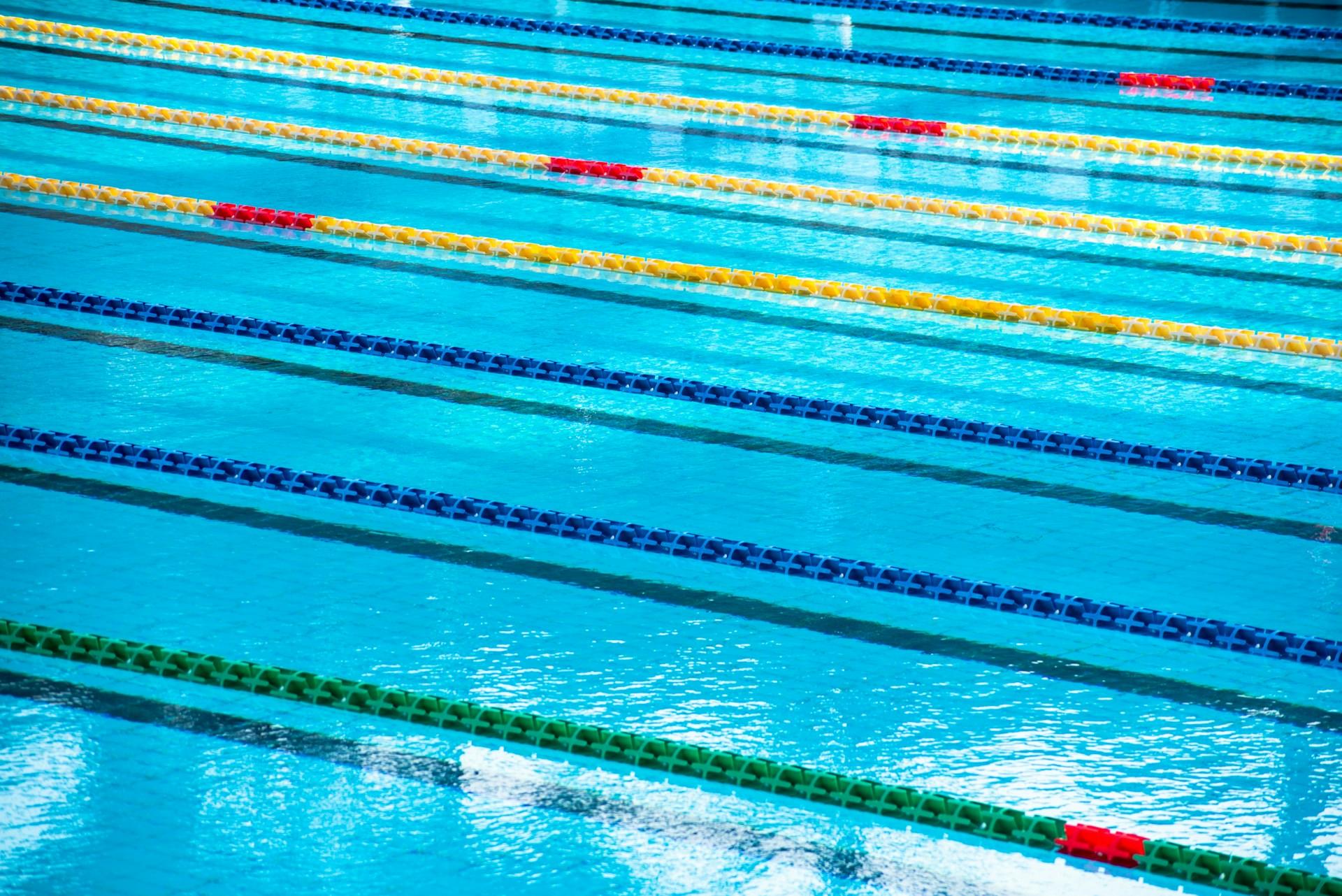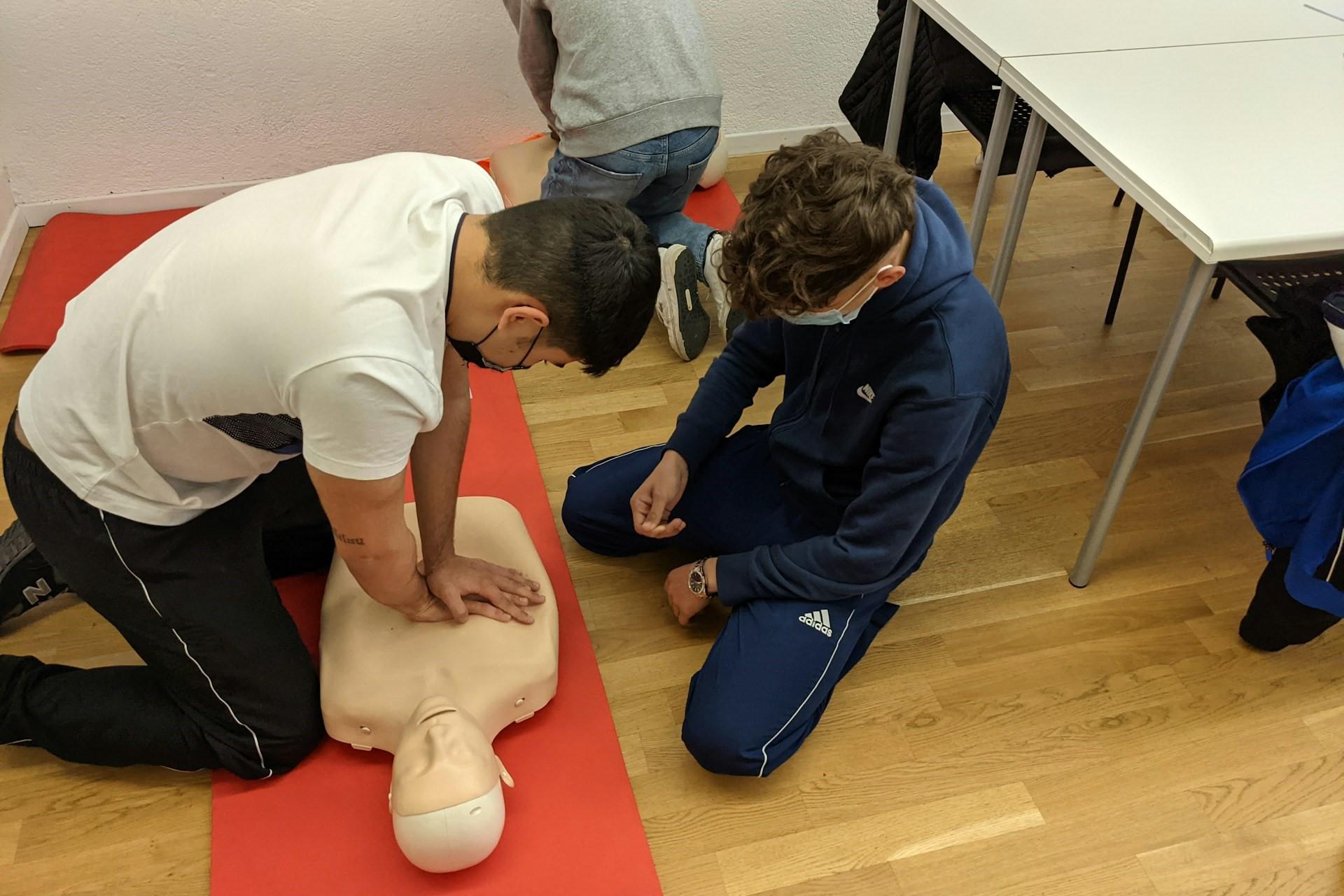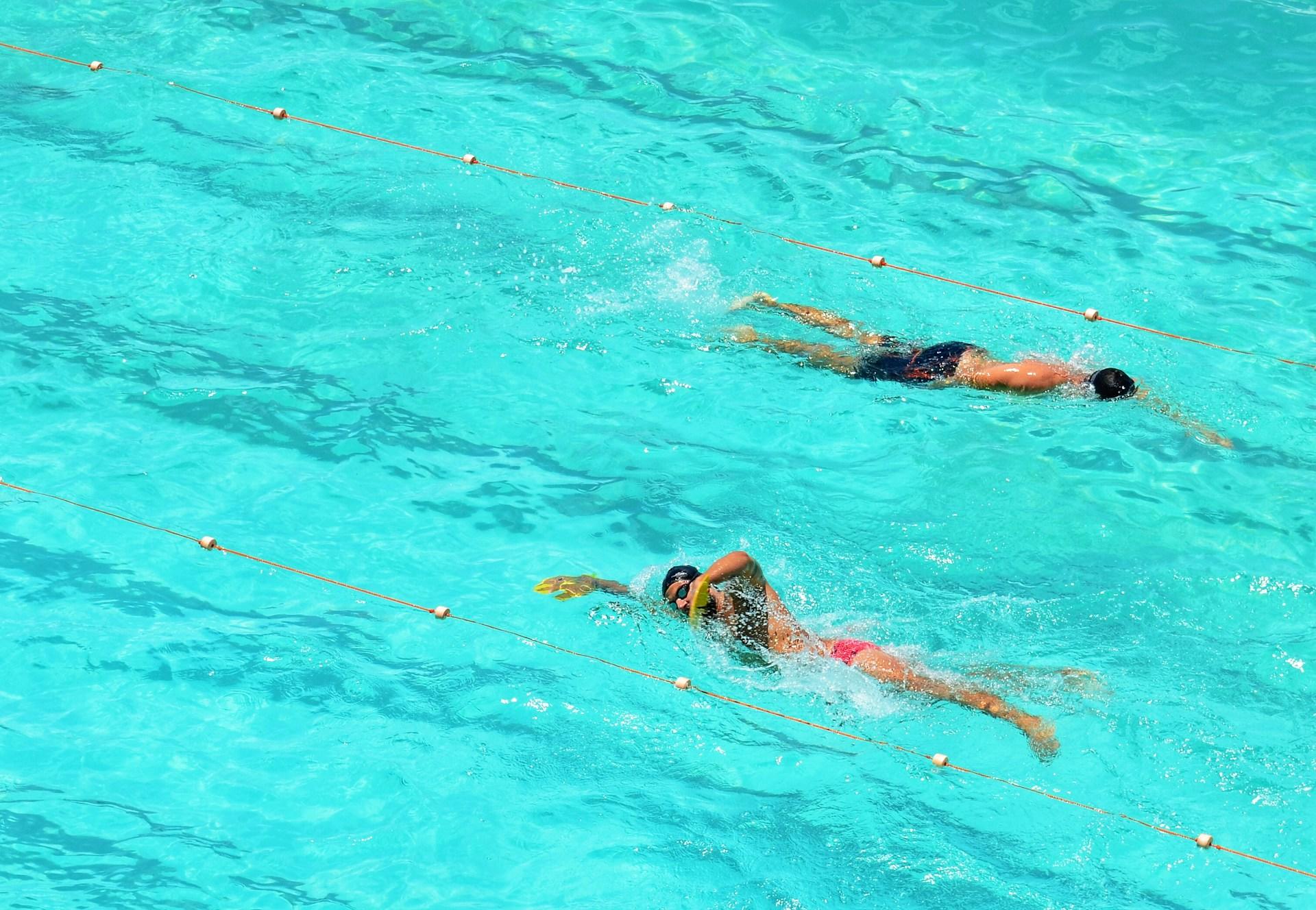If you'd like to become a swim teacher or instructor, you'll need to get a recognised licence from an authority such as AUSTSWIM or SWIM Australia.
One of the requirements for such a licence is a CPR qualification. This is not only incredibly useful for swimming teachers and instructors, it's obligatory.

Why Do Swimming Teachers Need a CPR Certificate in Australia?
For some, a CPR certificate for swimming instructors seems fairly obvious, but others might be wondering why a swimming teacher or instructor, especially those working in pools with a lifeguard on duty, would require a licence and CPR certification.

Firstly, swimming teachers need to be prepared for emergencies. A lifeguard is also prepared for emergencies, but they're generally watching over competent swimmers.
A swimming teacher won't be directly putting their students in danger, of course, but they will likely be working directly with non-swimmers or even weak swimmers in the water. They'll be the students' closest contact and often the first person to reach them if an emergency occurs.
Swimming teachers and instructors in Australia also need a CPR certification because it's the law. This is both for their own protection as well as the protection of the students. Legally, the CPR certification will provide the swimming teacher or instructor with certain legal protections since if they have to provide CPR, they're certified to do so.
Hopefully, you'll never have to use them, but knowing CPR could save one of your student's lives.
Another legal reason a CPR certificate is essential for swimming instructors is for insurance purposes. Pools and organisations benefit from having instructors and teachers with the necessary skills in an emergency.
A CPR certificate, much like a recognised swimming instructor licence, also helps maintain a much higher level of professional standards for instructors and teachers. Students will know that their teacher is held to a certain professional standard which will also help teachers find students and work more easily.
Where Can You Get a CPR Certificate for Swimming Instructors or Teachers?
In most cases, there isn't a specific CPR certificate for swimming instructors and teachers. While there are courses for lifeguards that also offer CPR and first aid for situations specifically in and around water, the swimming instructor licences recognise any CPR certification as a lot of the water safety skills are taught during the instructor courses anyway.
Here are some of the places you can get a CPR certificate in Australia.
Australian Red Cross
The Australian Red Cross is a humanitarian agency that works mainly to help people and communities during disasters, emergencies, and crises.
It's part of the International Red Cross and Red Crescent Movement and in Australia, is one of the places offering recognised first aid and CPR training that swimming instructors can use to get their licence.
The Australian Red Cross offers the HLTAID009 – Provide Cardiopulmonary Resuscitation (CPR) training.
This is a 3-hour course for both those acquiring CPR skills or brushing up on their CPR to renew their accreditation.
you can be CPR certified!
Naturally, the course teaches CPR skills, but it also helps people know what to do in the event somebody isn't breathing normally, shows them how to do compressions and use a defibrillator, and tests them on the theory of CPR.
The Australian Red Cross offers CPR courses in the Australian Capital Territory, New South Wales, Northern Territory, Queensland, South Australia, Tasmania, Victoria, and Western Australia.
They also offer group bookings for workplaces and venues looking to complete the training.
Australian Resuscitation Council (ARC)
Both the Australian Red Cross and the Australian Resuscitation Council might be referred to by ARC, but fortunately for you, both offer recognised CPR courses for swimming instructors and teachers.
Looking for swimming lessons? Find your perfect swim instructor on Superprof!

They offer two Advanced Life Support courses, Advanced Life Support Level 1 / Immediate Life Support and Advanced Life Support Level 2 / Advanced Life Support.
The former isn't necessarily a prerequisite for the latter, but the first course is usually recommended for those completing the second if they lack some of the skills.
So what skills are taught in each of these courses?
Advanced Life Support Level 1 / Immediate Life Support
This is a one-day or two-half-day course that teaches candidates how to recognise, assess, and manage a critically ill patient.
They'll learn airway management skills, basic life support, defibrillation skills (using both manual and AED modes), cardiac arrest management, and how to work as an effective team member in a cardiac arrest.
Advanced Life Support Level 2 / Advanced Life Support
This two-day course is more specifically aimed at healthcare professionals who are expected to regularly use the skills taught as part of their regular duties like doctors and critical care nurses.
It requires that candidates already have CPR skills and isn't likely necessary for swimming instructors who'll be more focused on immediate life support.
Royal Life Saving Society Australia
The Royal Life Saving Society Australia is an organisation that focuses on health and safety specifically in aquatic environments.
They provide drowning prevention leadership, education, and action, which basically means they're all about water safety and they offer several courses (through member organisations) that are useful to anyone working in or near water, including swimming instructors and teachers.
Discover swimming lessons Canberra here on Superprof!

There are courses for first aid, resuscitation, pool lifeguards, swim teaching, and Bronze Medallion courses, which are recognised as the minimum standard for a qualified lifesaver.
The Royal Life Saving Society's CPR courses teach candidates how to ensure their own safety, check airways and breathing, deliver rescue breaths and compressions, use a defibrillator, and provide emergency care.
As mentioned, the Royal Life Saving Society doesn't directly provide CPR training but instead offers the courses through Royal Life Saving State and Territory Member Organisations (STMOs).
The pool lifeguard courses aren't necessarily a requirement for swimming teachers and instructors, but they would definitely be a useful skill as they can open up career opportunities to become a lifeguard in addition to offering swimming lessons.
St John Ambulance Australia
St John Ambulance is an organisation that provides a fleet of vehicles (predominantly ambulances), volunteers, equipment, infrastructure, and qualifications and training.
Much like the Australian Red Cross, the training St John Ambulance provides the HLTAI009 course either as a 2.5-hour in-person course (for $85) or a 2-hour and 10-minute virtual classroom course (for $145).
The course follows the Australian Resuscitation Council (ARC) guidelines and means that candidates will learn how to perform CPR on adults, children, and infants.
Workplace Health and Safety (WHS) Training Providers
Workplace health and safety (WHS) training providers are another option for getting CPR certification.
As the name suggests, this is usually something that will be part of your job and organised by your employer.
The courses can be offered by providers such as Fire & Safety Australia, Safety Corp Australia, ASTRA Group Services, or any other recognised provider.
If you already have a CPR accreditation through a WHS provider, it'll likely be recognised and count towards your swimming instructor licence. If it isn't, your instructor licence issuer won't provide you with your licence.
What To Do Once You Have Your CPR Certificate
Your CPR certificate is required for your swimming instructor licence and to be a swimming instructor or teacher, you'll need to ensure that both your licence and CPR certificate are valid, which means regularly renewing them when necessary. Both are typically valid for several years.

When it's time to renew your swimming instructor licence, you'll find that there are actually extension courses allowing you to specialise in certain aspects of swimming instruction like teaching swimming to infants, aquaphobics, disabled swimmers, or simply adults learning to swim later in life.
Start Working as a Swimming Instructor or Teacher
Once you have your CPR certificate and your swimming instructor licence, you're ready to start planning swimming lessons.
There are many different ways to go about starting your career as a swimming instructor or teacher.
Naturally, you'll want to look for work at swimming pools. While wild swimming is certainly an option, you'll understand why it's not particularly suitable for novice or weak swimmers.
You can either offer swimming lessons through a pool, gym, leisure centre, hotel, or as a private swimming instructor. Generally, a typical swimming instructor wage is at least $30 an hour, but this depends on the kinds of lessons you offer, where you work, and who you work for.
per hour!
If you'd like more control over your rates, you could become a private swimming instructor. You can create a profile on the Superprof website and start advertising your services to people across Australia and around the world.
While online lessons mightn't be particularly well-suited to swimming instructors, competitive swimming instructors and swim coaches could work online with competitive swimmers to help them with stroke technique, diet, etc.
Discover swimming lessons near me easily on Superprof!















